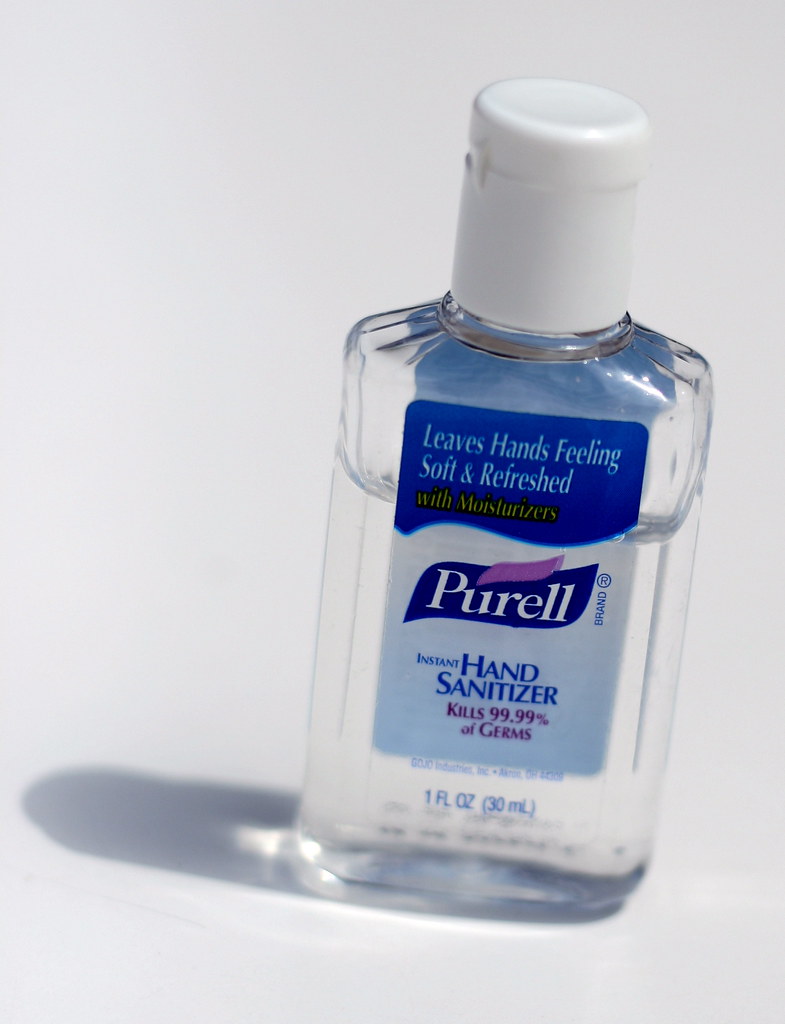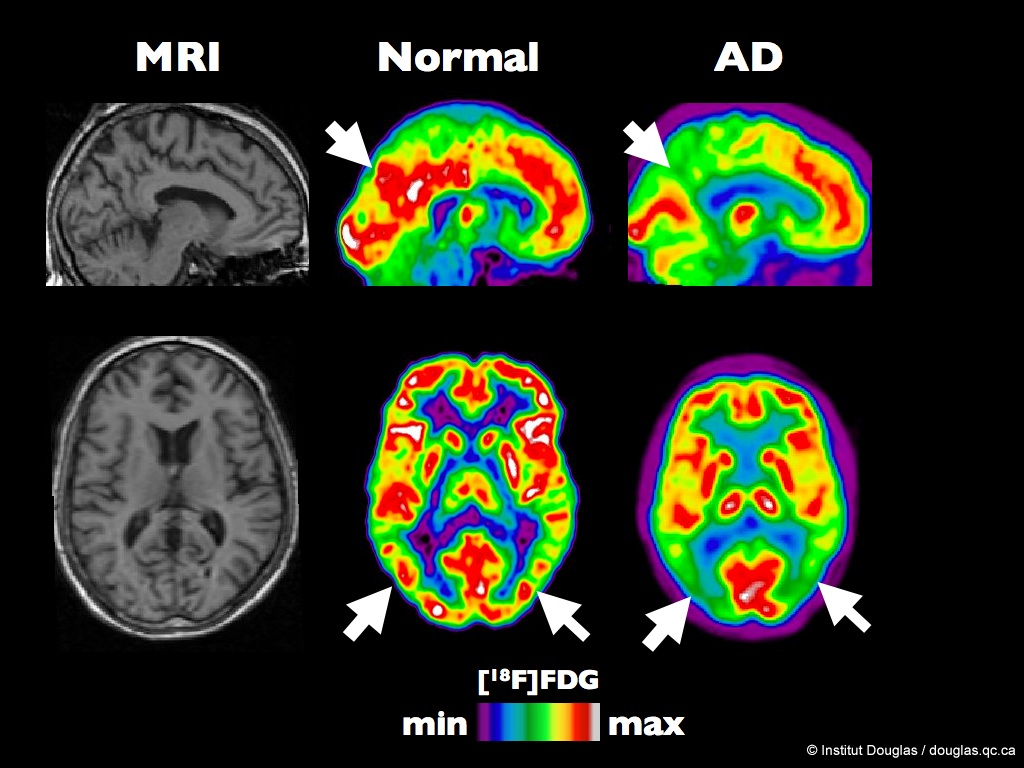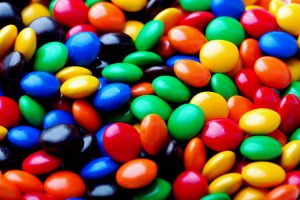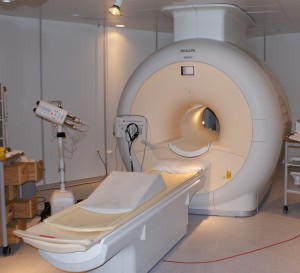
Flu Season. Image Source: http://fc01.deviantart.net/fs71/f/2013/143/f/d/changing_seasons_by_laurynduerr-d66adh8.jpg
With the weather changing from the gorgeous sunny days to the dark and grey rainy days, people do just about anything to avoid contracting the flu. Some people go as far as getting a flu shot every year, whereas other people just do basic stuff such a layering on the clothes before going out. One common thing that most people do is use hand-sanitizers to kill off the bacteria and viruses they contract during their everyday routine such as opening doors, using transit, and using the elevator, but is using hand-sanitizer really as helpful and as harmless as you think it is? I’ll fill you in on the two main types which are triclosan-containing and alcohol-based sanitizers.

Normal Hand-Sanitizer. Image Source: Flickr
Triclosan is the main anti-bacterial ingredient used in hand-sanitizers that do not contain alcohol. Based on the study conducted at the University of Michigan, it is shown that it does not reduce illness and infections and is not even used in hospitals in the US and Europe. Furthermore, triclosan does not protect against viruses, which is the main factor that contributes to the flu. Triclosan is also found to be harmful in animal studies, which show a decrease in muscle strength and also causes harm to the immune system. Verdict? Skip using these, they have no better effect than just washing your hands with soap and water.
On the other hand, alcohol-based sanitizers are pretty good germ killers. They are used on cruise ships to reduce the outbreak of sickness but there is still a downside in using these. Alcohol-based sanitizers cannot break through dirt, which means that if your hands are dirty, the bacteria will not be killed. Verdict? Alcohol-based sanitizers are a good alternative to soap and water when there is no sink near by, but using soap and water is still the way to go.
Washing your hands with soap and water is still the most effective way to reduce the spread of germs during the flu season. Here is a short video on how to properly wash your hands to avoid contracting the flu.

Source: http://www.cnn.com/2013/10/16/health/hand-sanitizer-toxic-upwave/index.html?hpt=he_bn3

















